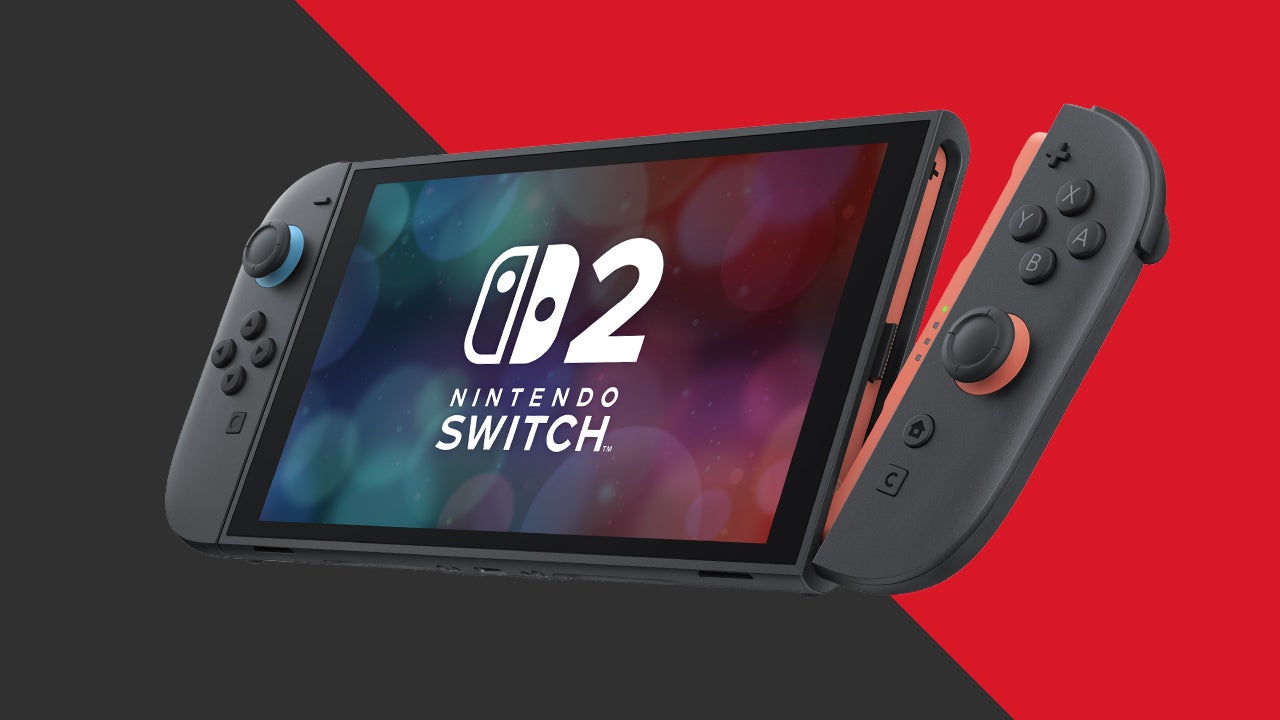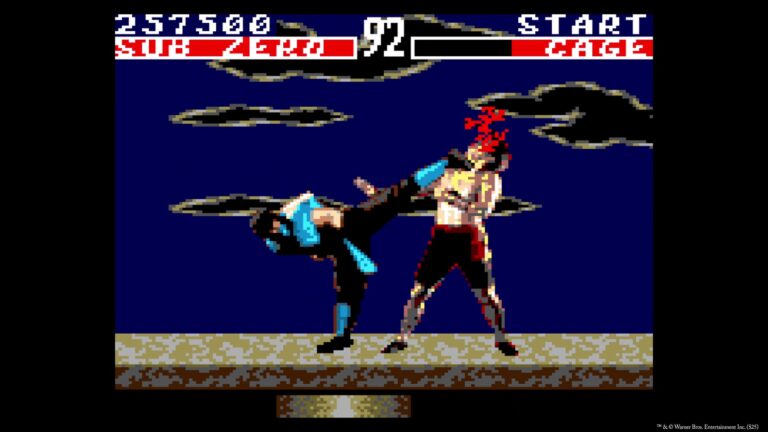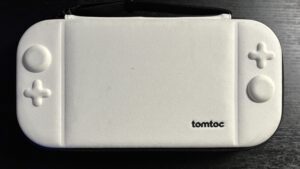Innovative Strategies to Curb Resale of the Nintendo Switch 2 in Japan
In Japan, Nintendo is taking proactive steps to combat the rampant reselling of the highly sought-after Switch 2 console. While collaboration with online marketplaces to restrict scalper activity is already underway, the company appears to have introduced an additional, covert measure to discourage second-hand sales.
The Absence of Warranty Cards and Its Implications
Traditionally, home electronics and appliances come with physical warranty cards. However, owners of the Nintendo Switch 2 in Japan have noticed that such cards are missing. Instead, Nintendo requires proof of purchase—such as a receipt—for warranty service requests. This change is significant because many resellers on Japanese online marketplaces include receipts with their listings, hoping to attract buyers. Savvy consumers often ask for these receipts in the comments, but recent updates have made this more complicated.
Specifically, receipts have been added to Mercari Japan’s list of prohibited items. Mercari, a popular platform for buying and selling new and used items, now restricts listings that include proof of purchase for the Switch 2. This move effectively limits the resale of second-hand consoles, especially those with receipts, which are often used to verify legitimacy.
Nintendo’s Tactics and Market Reactions
Social media users, such as user TeamSubRockman, have pointed out that including receipts in listings on Mercari Japan clearly violates the platform’s Terms of Service. The practice has shifted from a gray area to outright prohibition, signaling Nintendo’s determination to crack down on reselling activities. As one observer noted, Nintendo is deploying numerous “traps” to make secondary sales increasingly difficult.
Warranty Changes: From Japan to Global Markets
In Japan, the original Switch included a warranty card printed directly on the box. To request a repair under warranty, owners could simply send in the warranty card—either the original, a photocopy, or a photograph. However, for the Switch 2, Nintendo’s official policy has changed. According to their website, customers must include the original purchase receipt when submitting a console for repairs under warranty.
This requirement means that second-hand buyers in Japan may face obstacles when seeking free repairs if they cannot provide proof of purchase. Without this documentation, Nintendo may refuse to cover repair costs, effectively discouraging resale and second-hand transactions.
Warranty Policies Outside Japan
The new restrictions are not limited to Japan. Outside Japan, similar rules apply. In the European Union, the Switch 2 warranty covers the console for 24 months from the date of purchase, but resale or commercial use voids the warranty. Additionally, outside Japan, proof of original purchase is often required for repairs to be covered.
For example, in the United States, Nintendo’s warranty policy states that the original purchaser must demonstrate proof of purchase within 12 months for warranty coverage. Similarly, in the UK, Nintendo’s Terms of Service specify that without proof of purchase, any repair service will incur a fee, and the warranty will be considered void.
Comparison with Sony and Industry Trends
Nintendo’s move is not entirely unprecedented. Sony has long required valid proof of purchase for repairs under warranty for its consoles, including the PlayStation 4, PS5, and other models. This practice is now becoming standard across the industry, aiming to reduce fraud and manage warranty costs effectively.
Ultimately, Nintendo’s layered approach—including online marketplace restrictions and the requirement for proof of purchase—demonstrates a strategic effort to limit second-hand sales and ensure that warranty services are reserved for legitimate, original owners.













